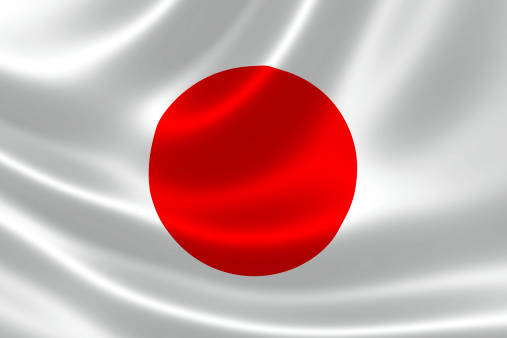Table of Contents
The Chief negotiator in Japan, Ryosei Akazawa expressed hopes of reaching a trade deal in June, 2025 on the key issue of its car exports. Optimism comes on the back of recent meeting with U.S. officials including Trade Representative Jamieson Greer, Treasury Secretary Scott Bessent, and Commerce Secretary Howard Lutnick. “We were able to have concrete discussions on topics such as expanding our bilateral trade, non-tariff measures, and cooperation on economic security,” Akazawa said. According to the Nikkei, Tokyo is reviewing its non-tariff barriers and seeking to expand imports of U.S. farm products.
Having a potential deal completed by June is the first time that a concrete date has mentioned, but Akazawa stated “It is not simply a matter of speed, as there are national interests that must ben protected on both sides, which will take some time.”
Economic Impact of Trade
The Bank of Japan lowered gross domestic product expectations from 1.1% to 0.5% and cut its growth forecast for 2026 to 0.7 percent, down from previous projection of 1.0 percent in light of recent trade tariff unknows. The BoJ said, “Japan’s economic growth is likely to moderate, as trade and other policies in each jurisdiction lead to a slowdown in overseas economies and to a decline in domestic corporate profits and other factors.”
The auto sector in Japan in particular has witnessed direct negative effects of this trade war as the U.S. is Japan’s key trading partner for vehicles, making up 25 percent of U.S. sales deriving from cars exported from Japan. From a financial standpoint, up to five major carmakers from the region are at risk of up to $25 billion annually.
Financial Markets Impact
The USD/JPY is currently trading within a developing triangle on the weekly chart, within price action of 158.65 to 140.30 zone. As trade talks continue, we expect for this range to hold, with key time frame of a potential breakout mid July or beginning of March. Option traders will be looking into iron condor as the pair range bounds followed by vertical strategies or straddles once significant price action and or direction occurs.
Intraday traders should be mindful of the key zones noted above as short term (hourly and daily) moves is likely to be capped until a deal by the Trump administration and Japan arises.
Explore More on Sigmanomics
Related Articles:
US Dollar to Japanese Yen Exchange Rate Chart | Xe
Japan’s finance minister calls US Treasury holdings ‘a card’ in tariff talks with Trump | AP News
Japan’s auto industry faces tariffs that could cost $25 billion a year – The Washington Post

Ronald Francois
Ronald is a senior market strategist at Sigmanomics.com, bringing over a decade of hands-on experience in equity markets and three years of specialized expertise in options trading. Known for his sharp fundamental analysis and deep understanding of macroeconomic trends, Ronald provides readers with actionable insights that bridge the gap between institutional strategy and individual investor needs.



